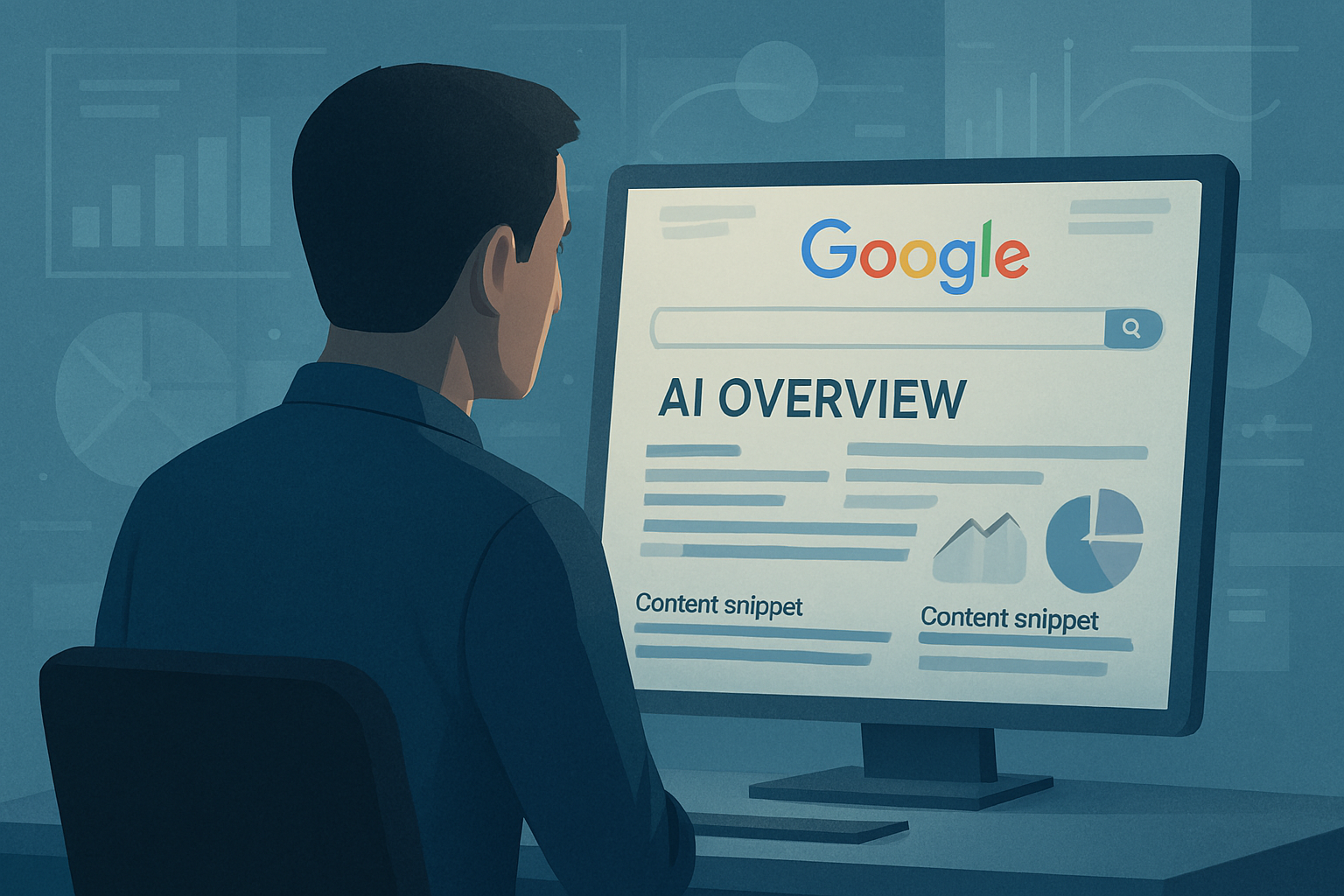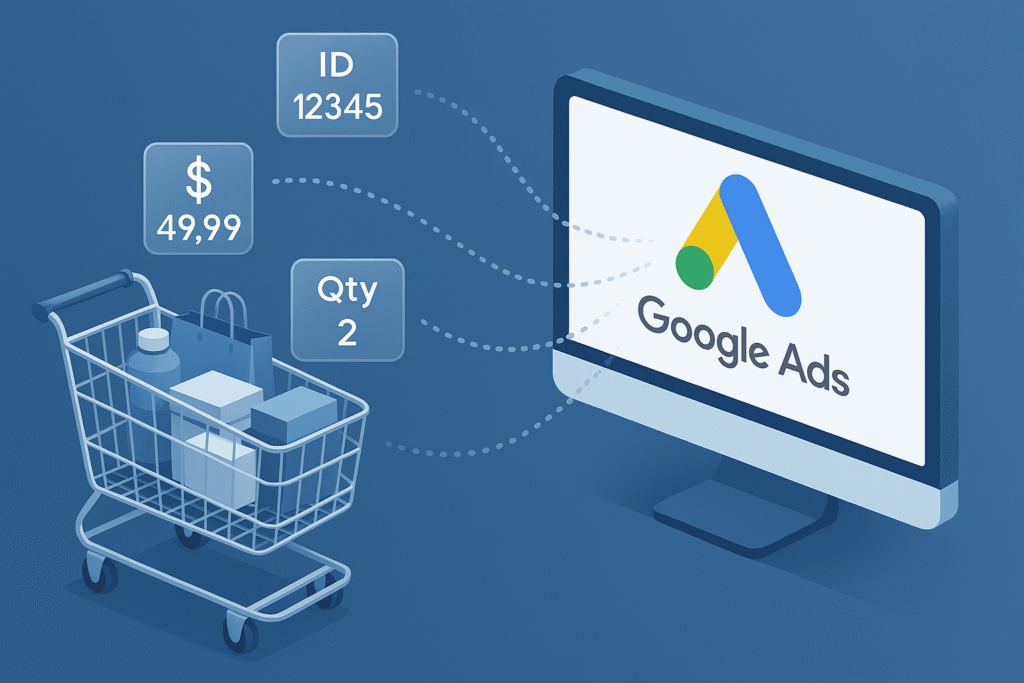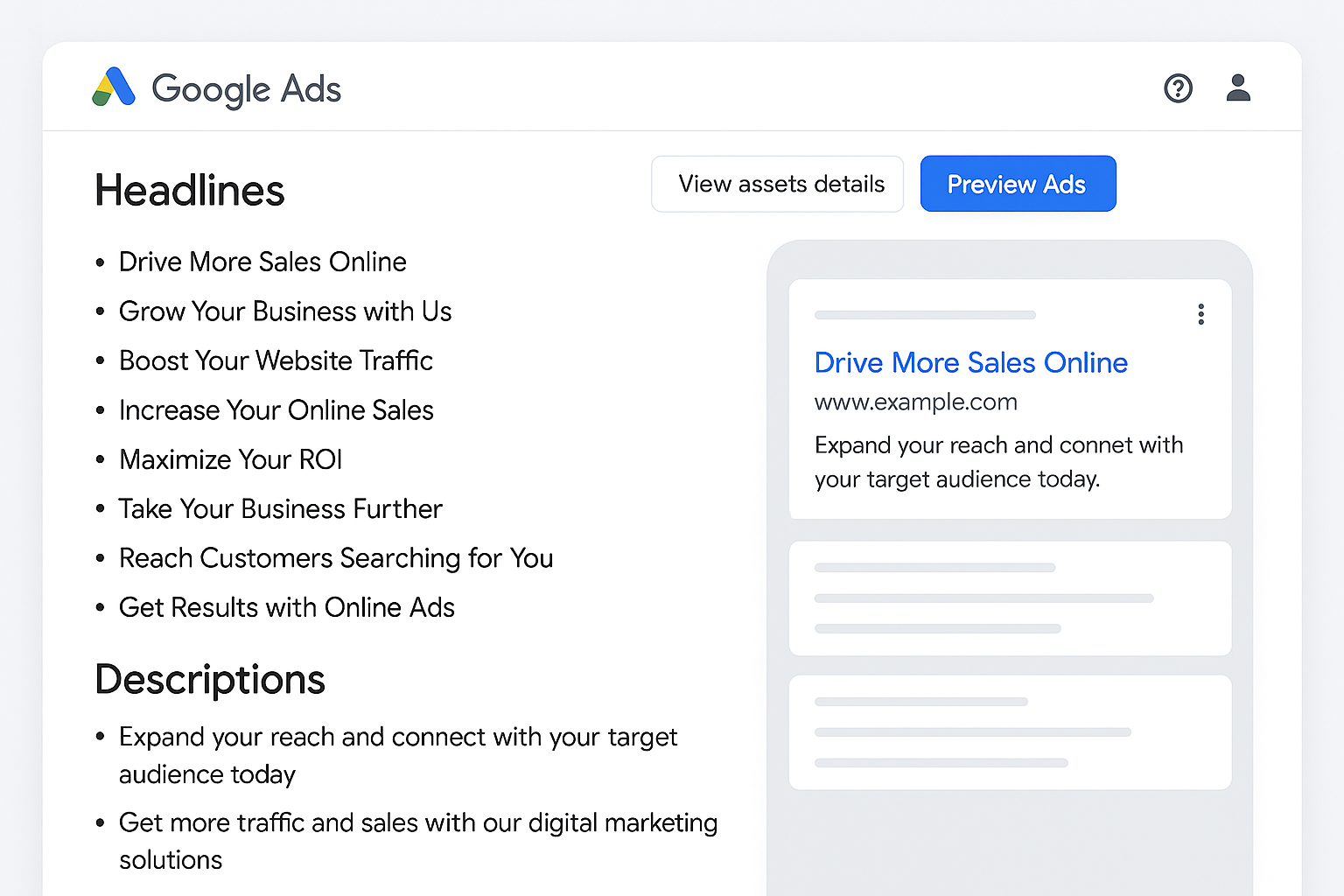If you’ve been wondering how to get your website featured in Google’s AI Overviews, you’re not alone. So are you asking this too: What Should I Do To Get My Website into Google AI Overviews?
With AI becoming a bigger part of search, many people think they need to completely change their SEO strategy or start learning new terms like GEO (Generative Engine Optimization) or LLMO (Large Language Model Optimization).
Here’s the good news: you probably don’t have to.
Let’s break it down in simple, clear language. If you’re still using the same strategy from two years ago, you might be missing out. See what’s changed and how to update your digital playbook.
What Should I Do To Get My Website into Google AI Overviews…Google Says “Just Keep Doing Good SEO”
At a recent Google Search Live event, Google’s Gary Illyes cleared the air. He said websites don’t need to do anything special or new to appear in AI Overviews. Just stick with normal SEO practices.

SEO expert Glenn Gabe confirmed this too. In his words: “Yes, this is obvious for many, but glad he decided to say it.”
That means no magic tricks. No secret hacks. Just focus on what has always worked in SEO.
What Is “Normal SEO” Anyway?
“Normal SEO” means the core things that help your content rank on Google. These basics help Google understand your site and show it to users when they search.
Here are the key things to focus on:
1. Create Helpful, People-First Content
Even with all the new AI tools, content quality is still king. Your job is to make sure your content is useful and answers real questions. Want to stay ahead of the curve on TikTok? Check out the trends that are turning views into real followers.
Here’s how to do it:
- Write for people, not just search engines
- Research what your audience really wants to know
- Answer questions clearly and completely
- Keep your content fresh and updated
Remember, AI Overviews look for helpful, trustworthy content. If your page truly solves a problem, it has a better chance of being picked.
2. Use Clear Headings and Easy-to-Read Structure
If your content is hard to read or disorganized, it probably won’t get picked for an AI Overview. Structure matters.
Here’s what helps:
- Use headings like H1, H2, H3 to break up sections
- Use bullet points, numbered lists, and short paragraphs
- Include tables or FAQs when needed
- Add schema markup if possible (like Article, FAQ, or How-To schema)
This not only helps readers but also makes it easier for Google’s systems to understand and highlight your content.
3. Write With Search Intent in Mind
Search intent means understanding why someone is searching. Are they looking for info? Are they comparing products? Are they ready to buy?
You need to match your content to what the searcher is really trying to do.
To do this:
- Look at what already ranks for your keyword
- Make sure your content solves the searcher’s main problem
- Use keywords naturally and write with a clear purpose
When your content fits the search intent, it’s more useful, and that’s what AI Overviews want to highlight.
4. Keep Your Site Technically Strong
Good content won’t matter if Google can’t find or read it. That’s why technical SEO is so important.
Here’s what to check:
- Your site loads fast and passes Core Web Vitals
- It works well on mobile devices
- Your URLs are clean and easy to understand
- You have a working sitemap and good internal linking
- There are no crawl errors or broken pages
These technical basics help Google trust your site, and trust is a big deal in AI-driven search.
5. Earn Backlinks from Other Sites
Backlinks still matter. When other websites link to you, it shows Google that your content is trustworthy and useful.
To get natural backlinks:
- Create original content or research that others want to reference
- Reach out to blogs or publications in your industry
- Share useful insights on forums, newsletters, and social media
- Collaborate with other experts for roundups or guest posts
The more quality backlinks you earn, the more likely your content will be seen as credible and show up in AI Overviews.
So… Do You Need To Do Anything Different?
Not really. You don’t need to chase trendy buzzwords like GEO or LLMO. Just focus on good SEO and quality content.
That said, it’s still smart to keep an eye on how AI Overviews affect your traffic. Sometimes being included in an AI answer means users won’t click through to your site. That’s something you may want to track.
If your traffic is dropping, look at ways to keep users coming to your site, like offering more interactive content, lead magnets, or tools they can’t get from a summary alone.
Final Thoughts
Getting your website into Google’s AI Overviews doesn’t require a new playbook. If you’ve been doing SEO right, creating helpful content, structuring it well, matching search intent, maintaining good technical health, and building links, then you’re already on the right path. Hope so, now you know What Should I Do To Get My Website into Google AI Overviews?
Google’s AI is just looking for the best, most useful answers. Make sure yours is one of them.
So forget the hype. Don’t waste time chasing new SEO fads. Keep doing what works. Build real value, stay consistent, and your site will have a good shot at showing up in AI search results too. If you’re running ads on Facebook or Instagram, don’t miss this. Learn what Meta’s new ad value rules mean for your budget.





